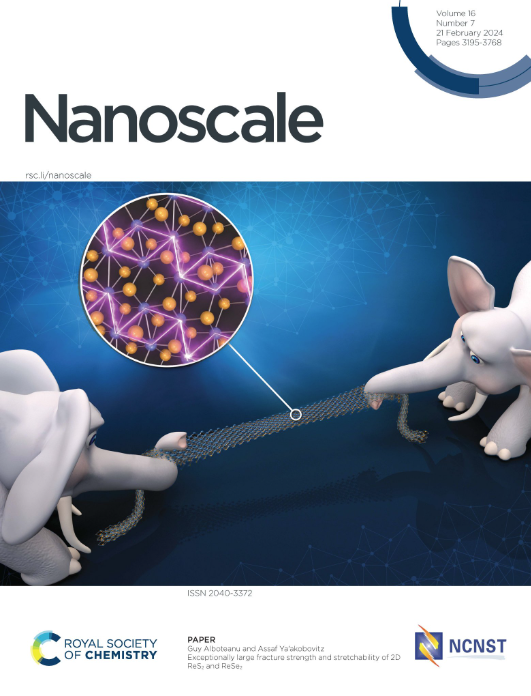P(TT-TPA) featuring conjugated extended structure: enabling high-performance flexible electrochromic-supercapacitors
IF 5.8
3区 材料科学
Q1 CHEMISTRY, MULTIDISCIPLINARY
引用次数: 0
Abstract
Electrochromic-supercapacitors (EC-SCs) based on conducting polymers hold broad application prospects in fields such as smart electronic devices, wearable devices, and the Internet of Things. However, complex structures generated by their large molecular weights severely deteriorate the disorder of chain arrangements, which significantly hinders the migration of charge carriers within the chains and exerts an adverse impact on the opto/electric performance. In this work, triphenylamine (TPA) is adopted as the scaffold, and thieno[3,2-b]thiophene (TT) groups are introduced to successfully construct TT-TPA (HTPA) with a conjugated extended structure. Leveraging the intermolecular π-π stacking effect, effectively restricted the rotation of single bonds, significantly enhancing the molecular planarity. Concurrently, the introduction of multiple active sites opened up more channels for charge storage. The obtained P(TT-TPA) (PHTPA) films exhibit remarkable optical contrast (51% at 1050 nm) and outstanding energy storage capacity (177 F g-¹ at 1 A g-¹). The flexible devices based on PHTPA show significant color changes and excellent capacitive performance (46 F g-¹ at 1 A g-¹), as well as good bending resistance. In summary, the molecular design strategy of expanding the conjugated structure furnishes a certain theoretical foundation and referential significance for the development of EC-SCs electrode materials that balance comprehensive performances.求助全文
约1分钟内获得全文
求助全文
来源期刊

Nanoscale
CHEMISTRY, MULTIDISCIPLINARY-NANOSCIENCE & NANOTECHNOLOGY
CiteScore
12.10
自引率
3.00%
发文量
1628
审稿时长
1.6 months
期刊介绍:
Nanoscale is a high-impact international journal, publishing high-quality research across nanoscience and nanotechnology. Nanoscale publishes a full mix of research articles on experimental and theoretical work, including reviews, communications, and full papers.Highly interdisciplinary, this journal appeals to scientists, researchers and professionals interested in nanoscience and nanotechnology, quantum materials and quantum technology, including the areas of physics, chemistry, biology, medicine, materials, energy/environment, information technology, detection science, healthcare and drug discovery, and electronics.
 求助内容:
求助内容: 应助结果提醒方式:
应助结果提醒方式:


